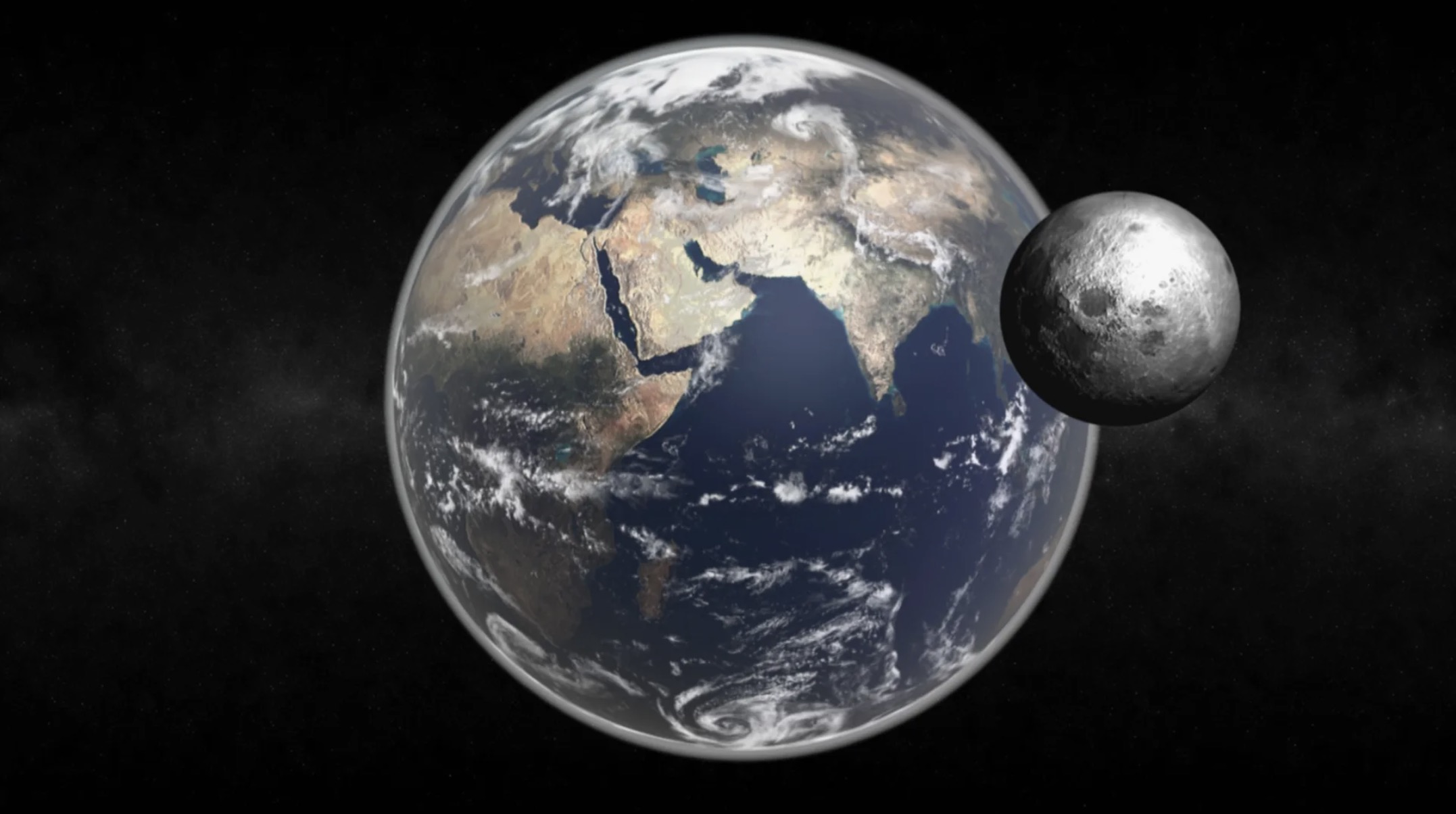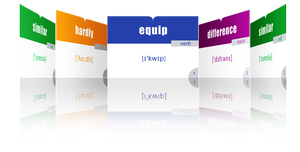SCIENCE-EARTH AND THE MOON
- Подробности
- 455
Earth is the third planet from the Sun and the only world we know with life. It has nitrogen–oxygen air, lots of liquid water, and a magnetic field that protects us. The Moon orbits in about 27 days. It is located about 384,400 km from Earth. The Moon causes tides and eclipses.
EARTH AND THE MOON

Earth is the third planet from the Sun and the only world we know with life. It is about 1 AU (astronomical unit) from the Sun (149.6 million km). One year on Earth is about 365 days. Earth’s radius is 6371 km, and about 71% of its surface is covered by water. It formed about 4.54 billion years ago, and the earliest life appeared by about 3.7–3.5 billion years ago.
Earth spins once every 24 hours (that’s day and night). Its axis is tilted by about 23.5°, so this tilt causes the seasons. The average surface temperature is about 15 °C, but it changes with place and season. The hottest place on Earth is Death Valley (USA), where the air temperature once reached 56.7 °C. The coldest measured air temperature is at Vostok Station, Antarctica − 89.2 °C
Our atmosphere is mostly nitrogen (78%) and oxygen (21%), with about 0.04% carbon dioxide and tiny amounts of other gases. A global magnetic field and the atmosphere work together to protect us: the magnetic field blocks most charged particles from the solar wind, and the atmosphere—especially the ozone layer—stops most harmful UV radiation. Inside, Earth’s moving plates (plate tectonics) build mountains, cause quakes, and help control the long-term climate.
The Moon is Earth’s only natural satellite. It is about 384,400 km away and has a radius of 1737 km (about one-quarter of Earth’s size). The Moon turns once as it goes around Earth in about 27.3 days, so we always see the same side. Its surface gets very hot in the day (up to about +127 °C) and very cold at night (down to about −173 °C).
The Earth–Moon system makes the tides, gives us phases of the Moon, and creates eclipses when the Sun, Earth, and Moon line up. The Moon also helps keep Earth’s tilt steady.
LISTEN TO THE TEXT





 Как правильно изучать английский язык по карточкам (статьи)
Как правильно изучать английский язык по карточкам (статьи)